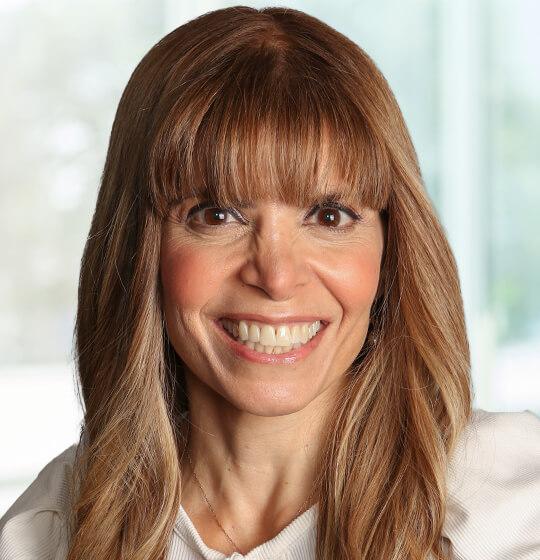In honor of Women’s History Month, we asked New York shareholder Diana Nehro, the newest member of the firm’s board of directors and chair of Ogletree Deakins’ Cross-Border Practice Group, a few questions about her experiences as a prominent and respected woman in the legal profession. Below are some of her reflections as a practicing attorney, a practice group leader, and a member of firm leadership. Part two of this two-part series focuses on Diana’s path to firm leadership and her thoughts on mentoring. Part one focused on Diana’s cross-border practice and the evolving role of women in the legal profession.
Q. What were some key factors in your career trajectory to firm leadership?
A. Having an incredible female mentor and role model. The general counsel of the bank I worked for was simply amazing. She had served as both a state and federal prosecutor, as well as the head of global compliance for a huge financial institution before taking the general counsel role. She was a tough, fair, and brilliant leader who set an incredibly high standard for me to meet, which helped me become not only a better attorney, but also a better partner to the business. This has helped me a great deal in my relationships with clients.
At the same time, she was a mother of three boys, and her devotion to them was just so apparent. She never felt the need to hide her maternal side in favor of a tough leader persona. I had each of my three daughters while working for her, and while she definitely called me with urgent work issues while I was on bedrest, she also took the time to ask how they were doing and to see my endless stream of pictures of them. I did not work on Fridays, and I would occasionally take the girls into the office for a visit. She always had gifts at the ready, and could not wait to stroll the children around the building, showing them all of the different bank functions. And she was always there to discuss and advise on any mom-related concerns, which was so helpful, as I’d lost my own mother in my late teens.
She so embodied authentic female leadership, which allowed me to have belief in myself that I could do the same.
Q. Were there any key events in your life that inspired you to pursue law as a career? What led you to a cross-border practice in an employment law firm?
A. As I discussed here, my mom’s going back to law school when I was 11, and graduating when I was 14, definitely inspired me to be a lawyer. I was always so proud of having a lawyer for a mom, especially in an age when there weren’t as many female lawyers as there are today.
I always knew I wanted to be a labor and employment attorney. After my first year of law school, I was a summer associate at a corporate firm, and I did a lot of work for attorneys in the labor and employment department. I loved how so much of the practice turns on the human condition. There were always real people involved, which appealed to me far more than sitting at a printer’s office at a corporate firm, so when I had the opportunity to join a labor and employment practice, I jumped at the chance.
That sense of humanity was something that appealed to me in my white-collar defense experience as well. There, I represented individuals, as opposed to companies, so there was always a real human being for whom I was advocating. When I went in-house at the bank, I was able to get back into domestic labor and employment work again, which I loved. I was responsible for all aspects of our South American operations, including labor and employment. That was where I first cut my teeth on cross-border work. It’s funny—I actually started out hating that part of my practice, because it was so unfamiliar—different languages, different laws—and it felt like there was no way to get the seamless, practical advice that I really needed. And that’s really where the idea of the cross-border practice was born. Carson Burnham, the founder of our practice, was a good friend from my first job in Boston, and she’d also been in-house, struggling with the same issues that I had, and she started the practice in response, and I was her first hire.
Having been in that position myself allows me to effectively assist U.S. in-house lawyers who are responsible for cross-border labor and employment matters. I have been in their shoes, and I know how intimidating it can feel, so I try to make it as helpful and seamless an experience as possible.
This is the second part in a two-part blog series in honor of Women’s History Month. Part one can be found on Ogletree Deakins’ Cross-Border, Diversity and Inclusion, and Employment Law blogs.








